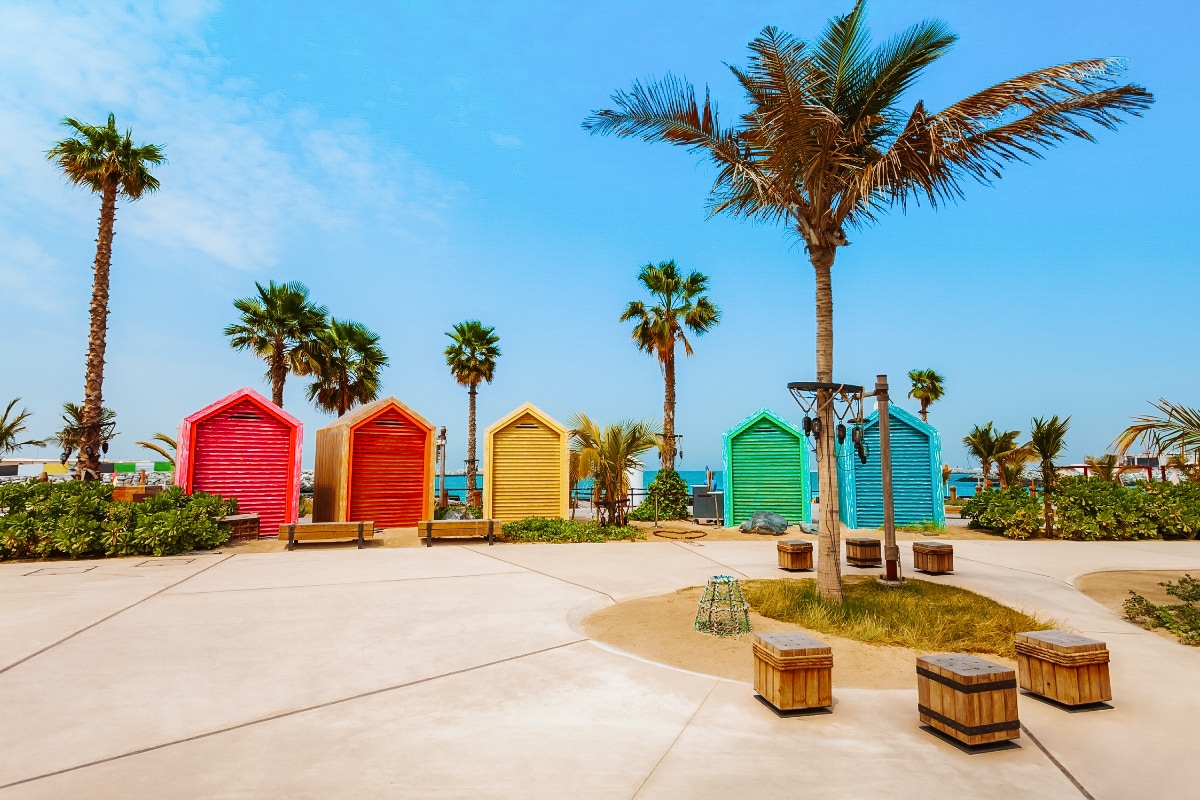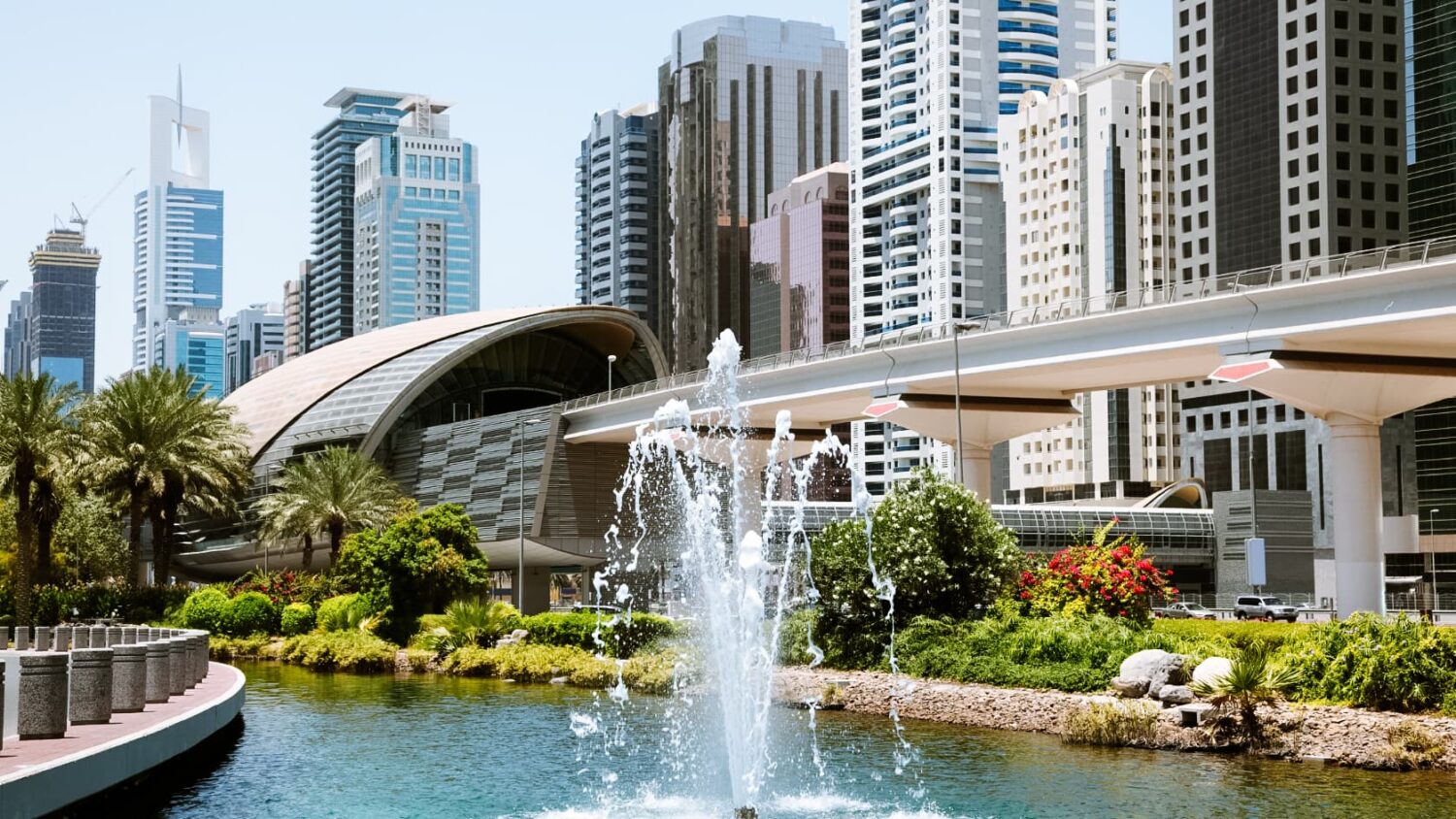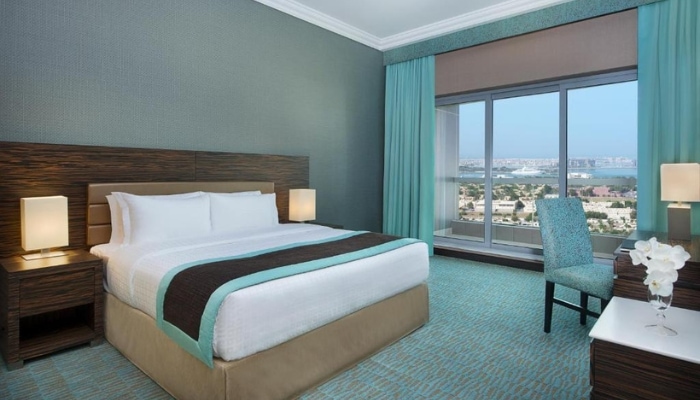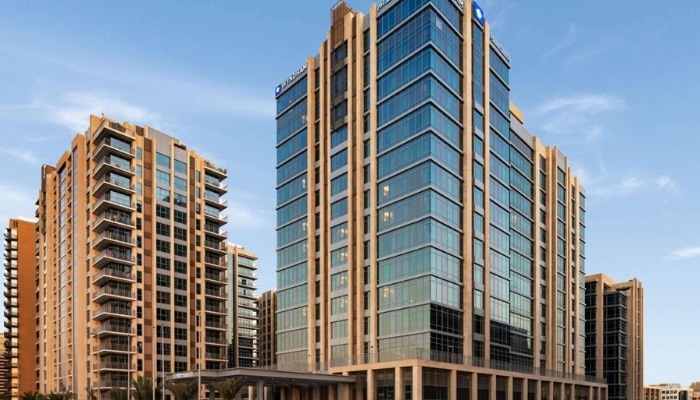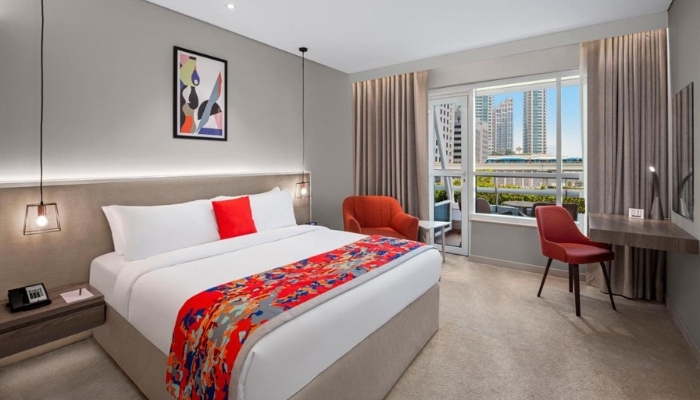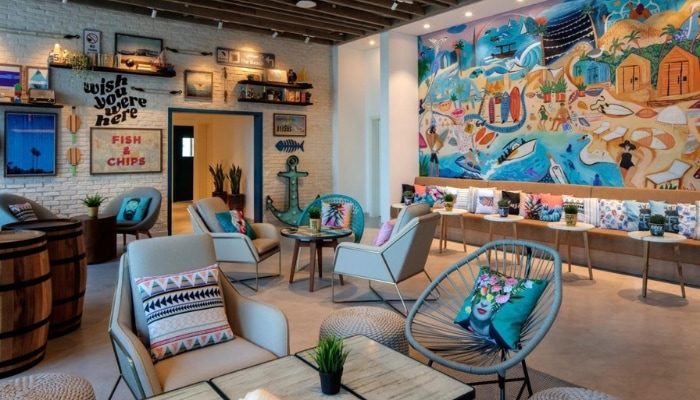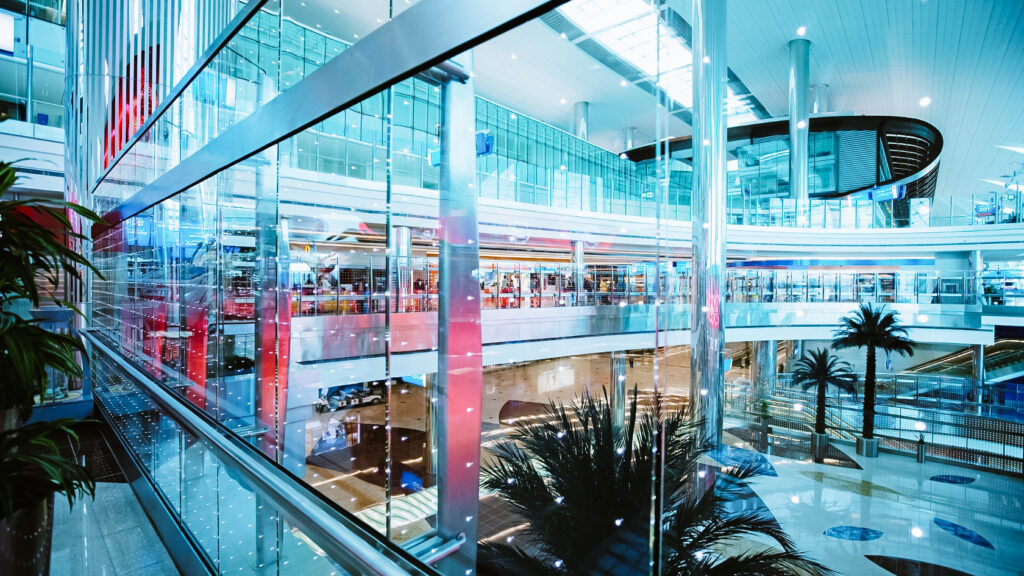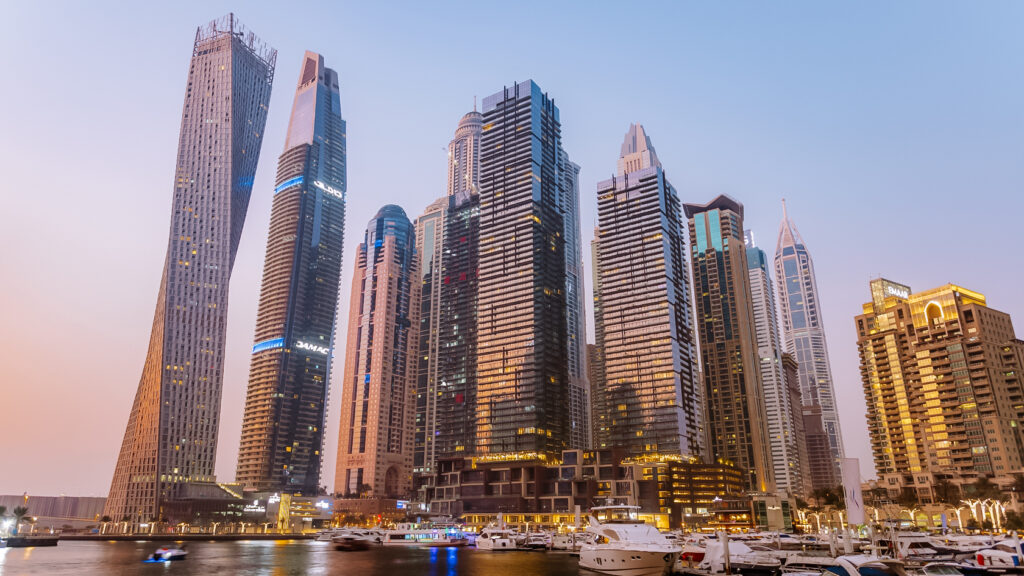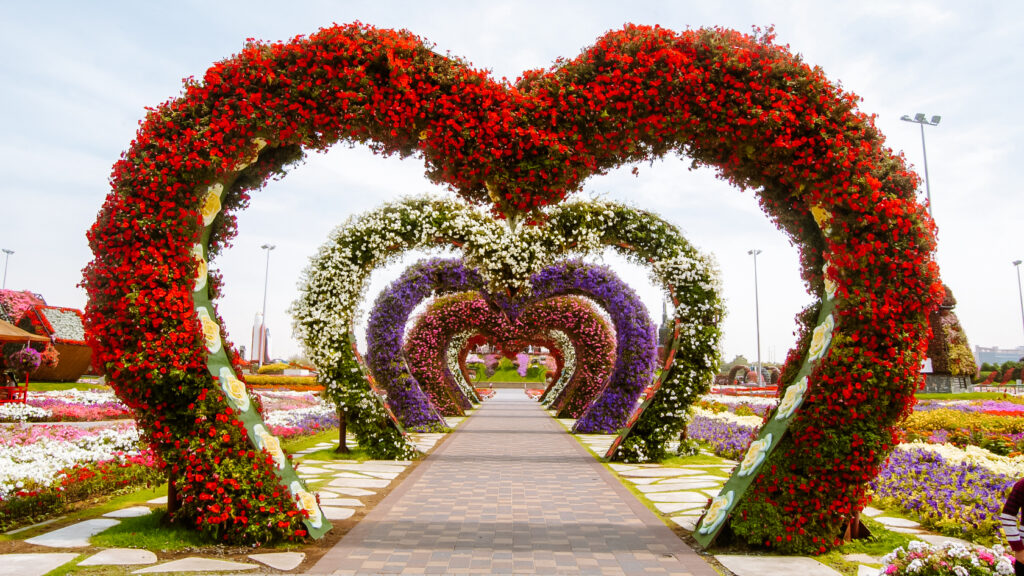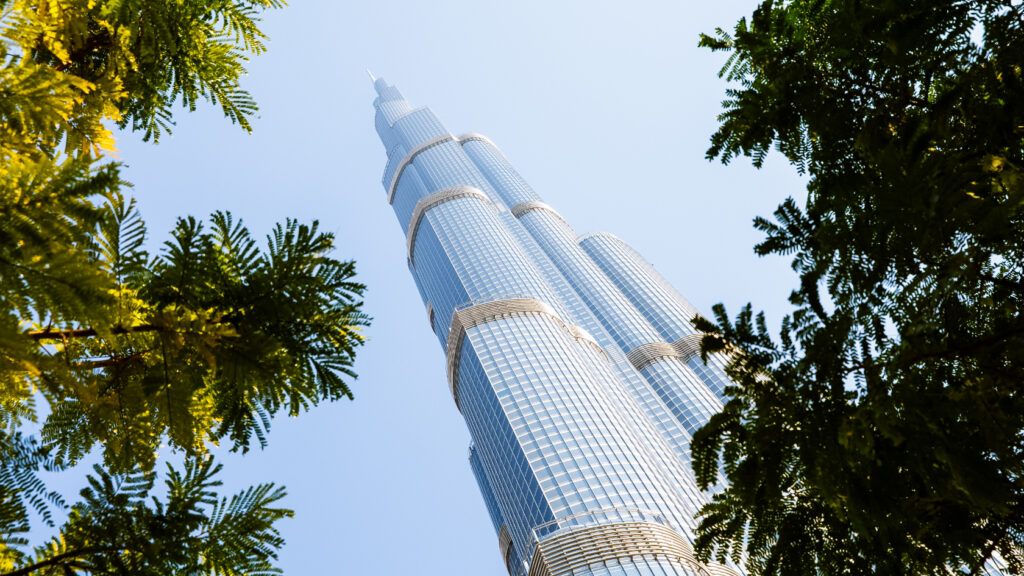Transport in Dubai can be a challenge for new visitors, but with a little planning you can get around the city easily and comfortably. In this Dubai transport guide, we look at everything you need to know before your trip – how the Dubai Metro and public transport works, how much tickets cost, how to use the Nol Card and other useful tips.
MHD AND METRO IN DUBAI
DUBAJ TRANSPORT
Transport in Dubai is modern, well-organised and integrated, allowing easy access to major tourist attractions.
Dubai is a big city and the distances between places are long. This means you can’t avoid using public transport.
With public transport, you can easily get from the airport, to the Deira district, to Dubai Marina on the other side, to the attractions and beaches.
☞ We have written a detailed guide on how to get to Dubai by air and then from the airport to the city centre.
Dubai is divided into several zones for transport purposes, based on which fares are divided into 3 fare levels – depending on how many zones you pass through, you will pay AED 3-7.5 to use public transport. We’ll talk more later in the article.
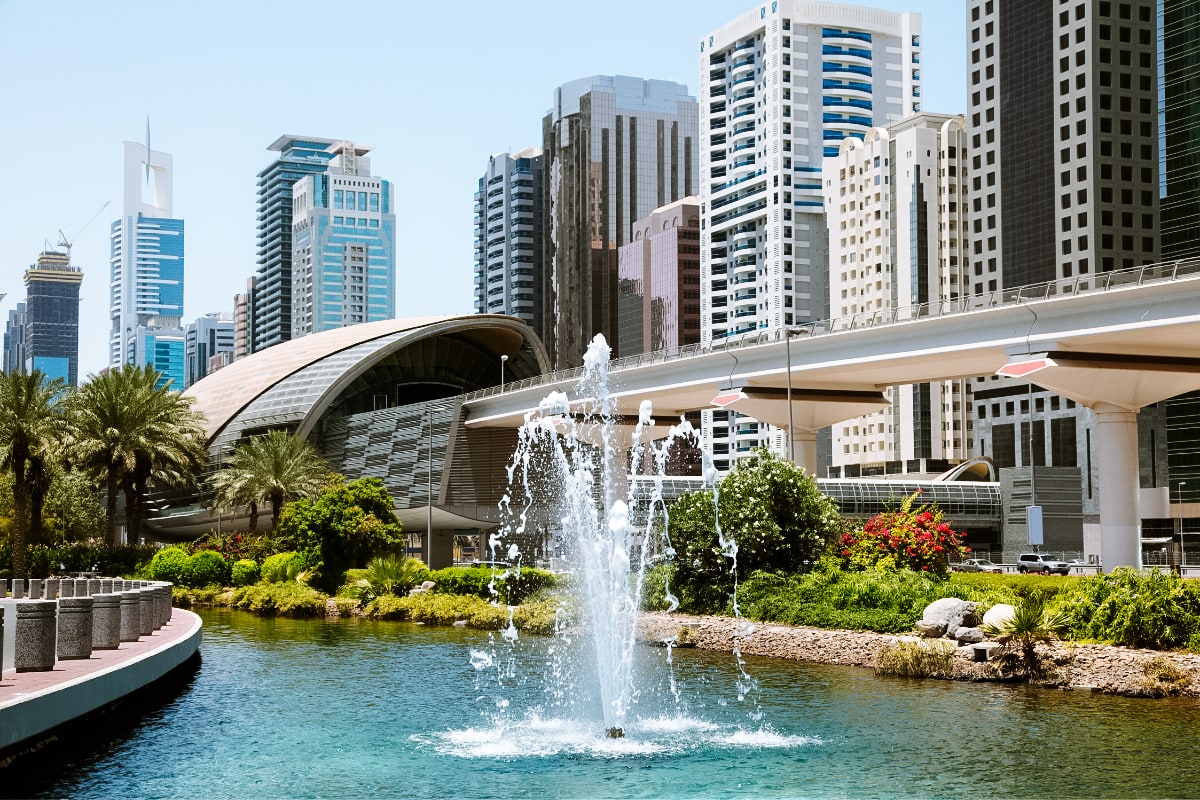
Dubai’s public transport includes:
METRO IN DUBAI
Dubai Metro is a key component of the city’s transport network. It is one of the most modern and technologically advanced metro systems in the world, connecting major commercial, residential and tourist areas.
The metro is in operation at the following times:
- Monday to Thursday 05:00-00:00
- Friday 05:00-01:00
- Saturday 05:00-00:00
- Sunday 08:00-00:00
The metro has two main lines:
- Red Line, which is longer and runs across most major attractions including Burj Khalifa, Dubai Marina, Expo 2020 and DXB Airport
- Green Line, which runs along both banks of Dubai Creek
You can recognize the metro stations at a glance – they are rounded and partially covered in gold paint. Inside, you might be surprised how clean the metro stations are.
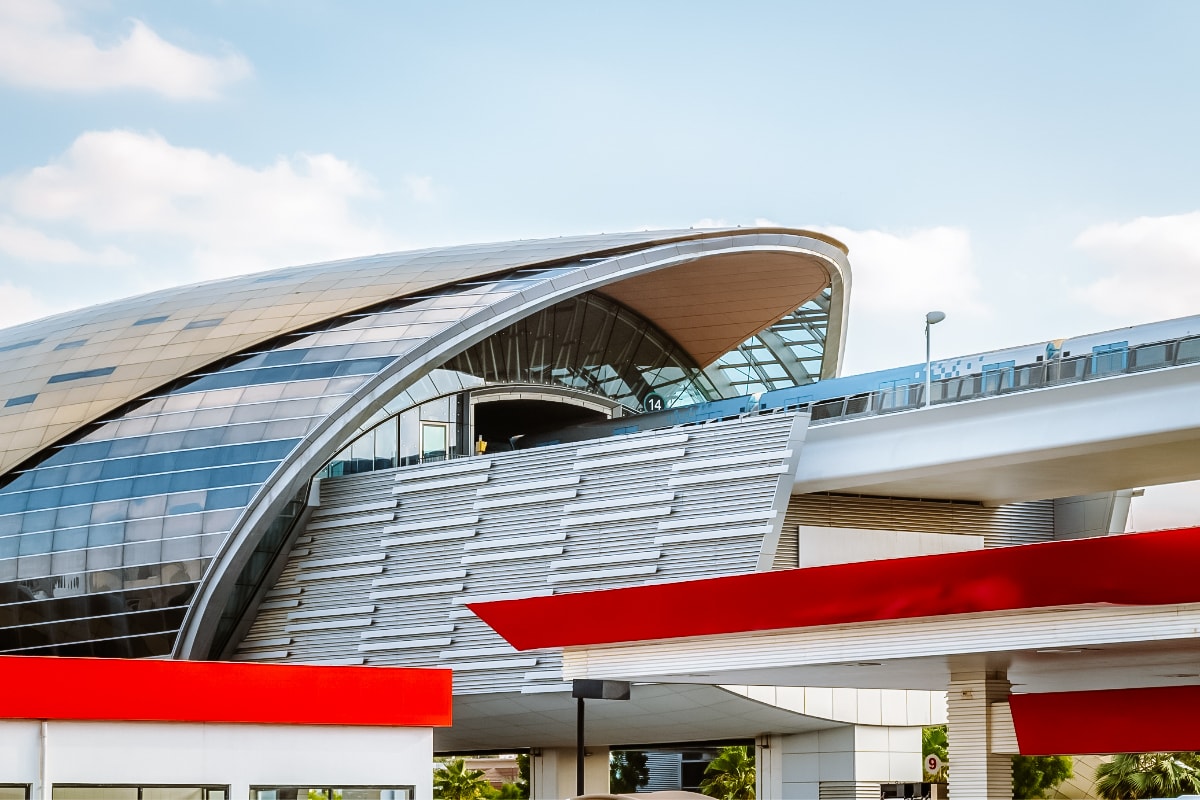
After entering the station, you will go through the turnstiles where you will attach your Nol card (more info about the card below). Then follow the signs to the desired metro line. Information about lines and directions is displayed on electronic boards with train arrival times. Metro staff are also available at the stations to help you with any questions you may have.
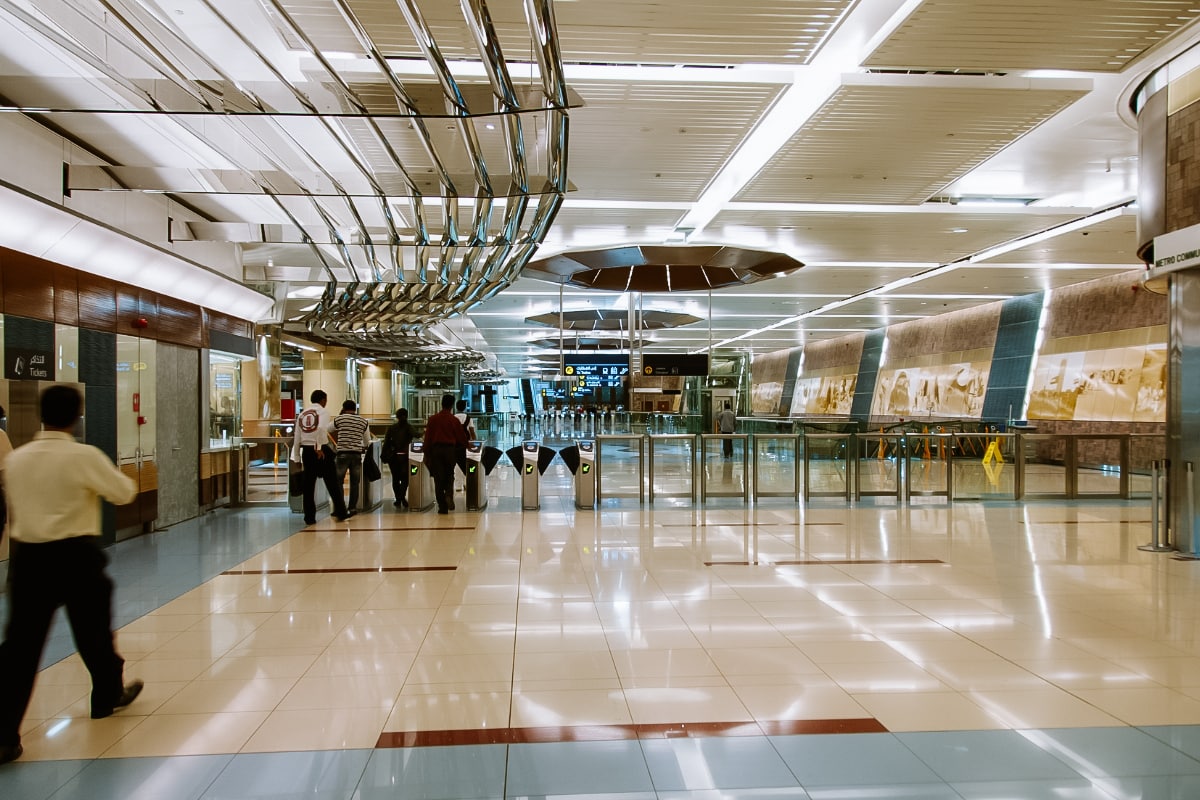
When you board, you will notice that each set has 3 different classes:
- Regular for all passengers (3 carriages)
- Gold for first class passengers (1 carriage)
- Women with children for women and children (1 carriage)
Only those with a Gold Nol Card can ride in the Gold carriage. Women can travel in both the Women’s and Regular carriages. Everything is well signposted, so it’s easy to find your way around.
When you leave the metro station, you will again pass through the turnstiles where you have to attach your Nol card in order to be charged the correct amount for the ride. The system automatically calculates the price of the journey based on the length of the route.
Hotels in Dubai 😴
BUSES IN DUBAI
The RTA’s extensive bus network covers the entire city and offers connections to areas not served by subway or streetcar. Buses make it easy to get to Dubai Global Village, Miracle Garden or from the metro to the beach.
The buses operate daily from 04:00-01:00. Line C01 operates 24 hours a day – connecting DXB Airport with the business district. Between 21:00 and 05:00, 2 night bus routes are in operation connecting the city with DXB and DWC Airport.
The buses are air-conditioned and wheelchair accessible. Most buses are low-floor and red and white, some are double-deckers. The red and white buses are complemented by blue and white buses that connect the metro stations. But for you as a tourist, this does not mean any complications – you can travel by all means (metro, tram, buses) within one system.
Bus stops in Dubai are air-conditioned small enclosed booths. In summer, when temperatures exceed 40 degrees Celsius, such places are essential.
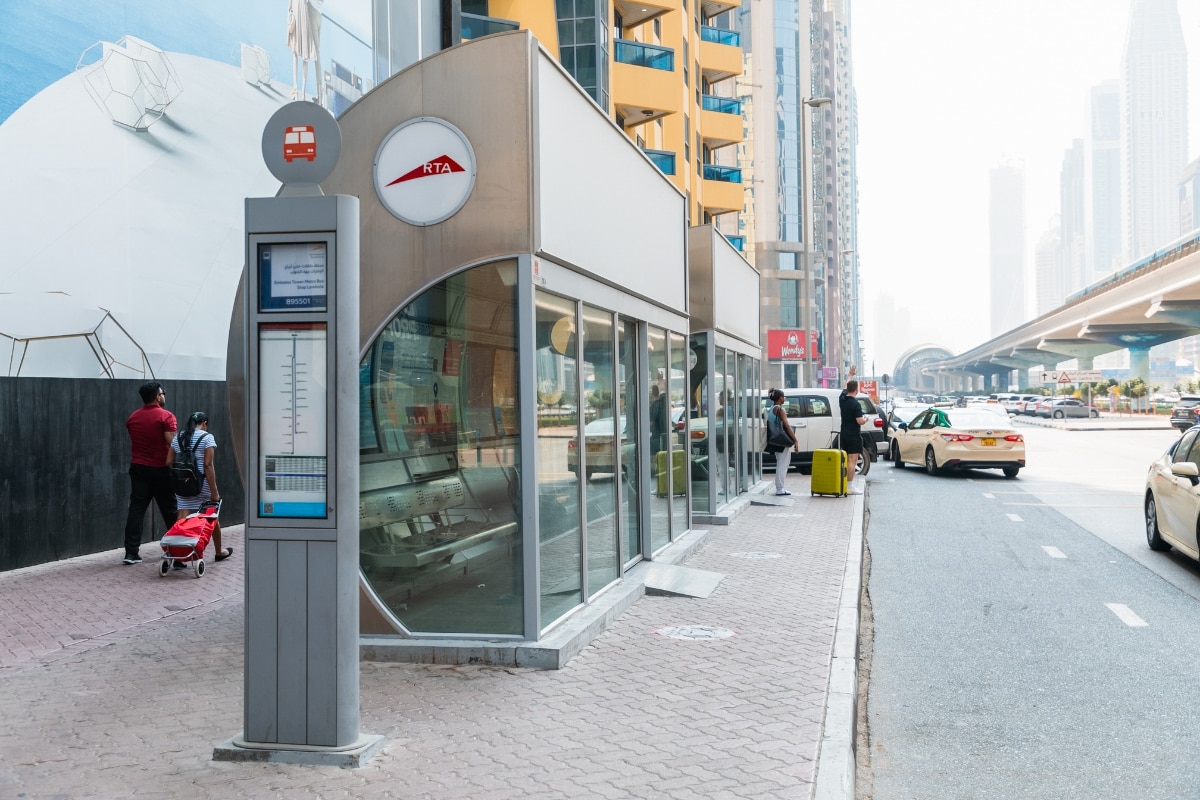
Buses stop only on signal – just wave and the driver will stop for you. Boarding is through the front door, but in practice you can sometimes board through the back door. There are readers right next to the door where you insert your Nol card (more on that in a moment) when entering and exiting. To exit, simply press the stop button and the driver will stop you at the nearest bus stop.
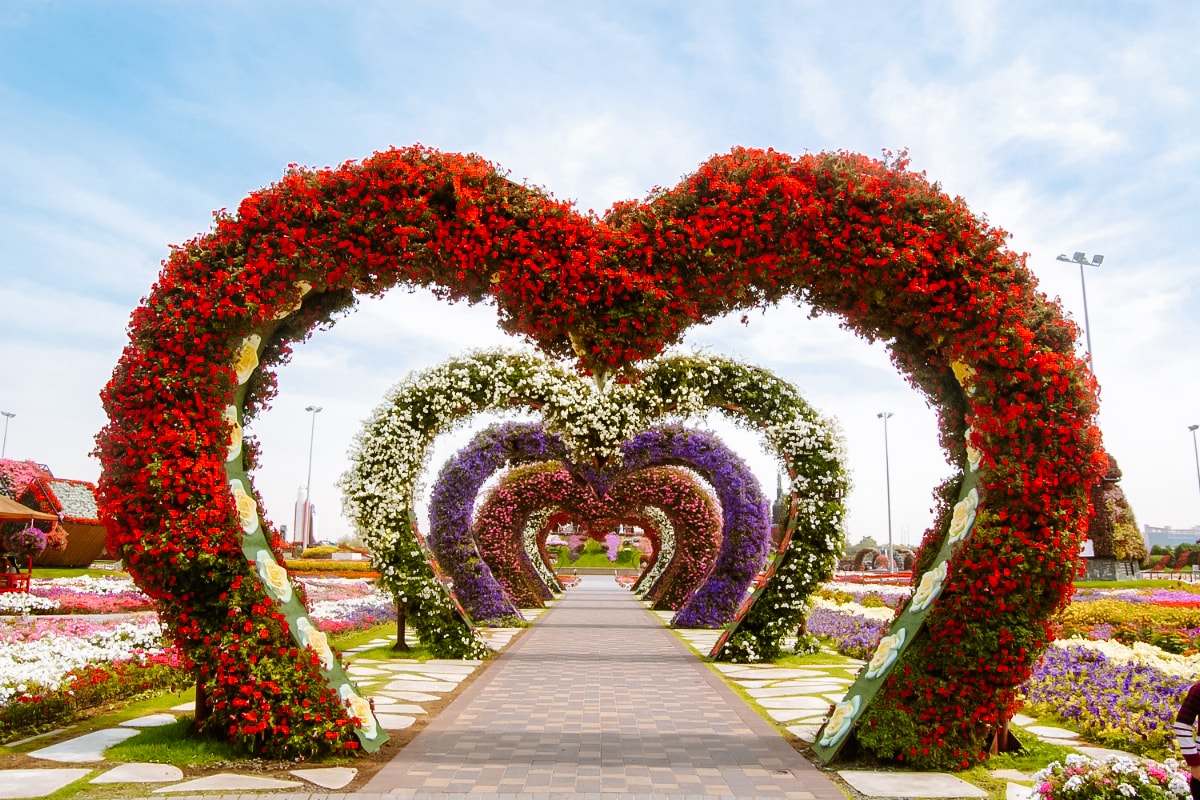
TRAMS IN DUBAI
Buses and the metro are complemented by the T1 tram, which runs along the coastline in the area around Dubai Marina and JBR (Jumeirah Beach Residence). The tram is modern, wheelchair accessible and air-conditioned. The tram stations are covered and again air-conditioned.
The tram oper ates Monday to Saturday 06:00-01:00 and Sunday 09:00-01:00.
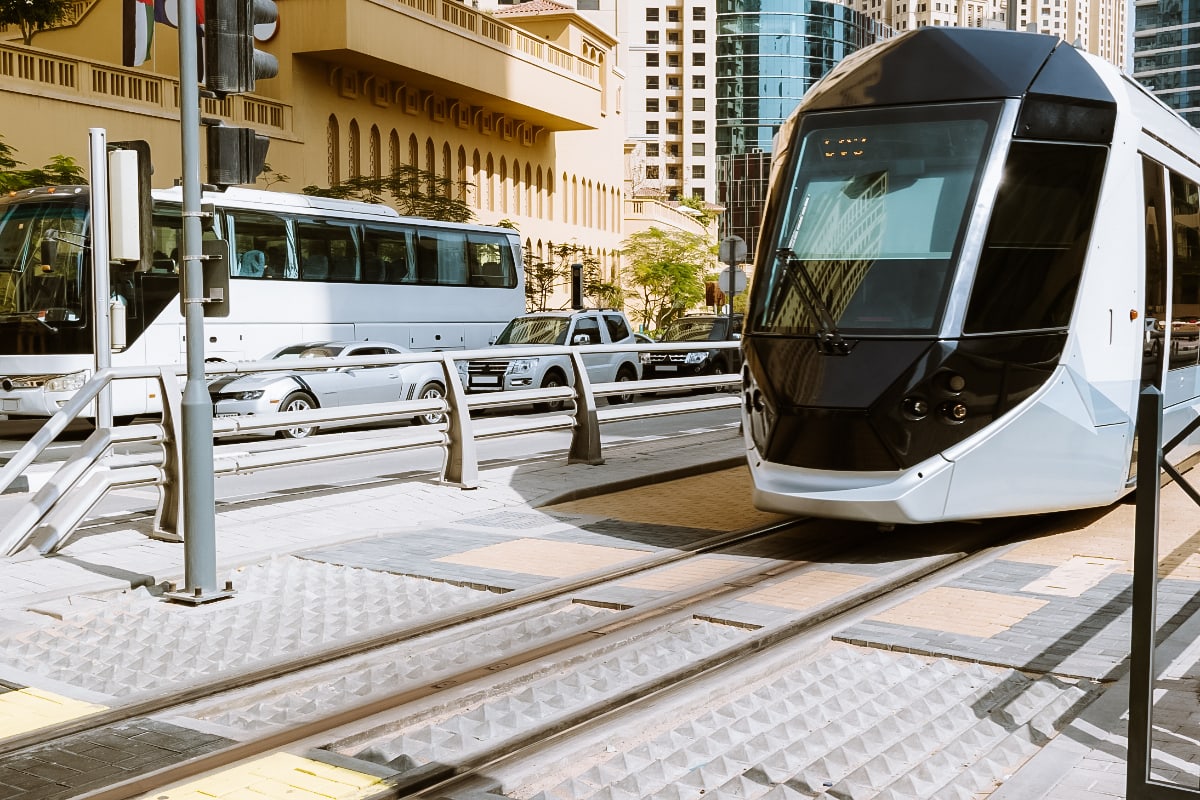
MONORAIL ON PALM JUMEIRAH
The Monorail is a monorail that connects the mainland (Gateway Station) to the island of Palm Jumeirah. It stops at several stations across the island, including the final stop at the iconic Atlantis The Palm hotel.
From the Monorail, you can also enjoy fantastic views of Palm Jumeirah and the Persian Gulf, as Palm Jumeirah is at its best from above.
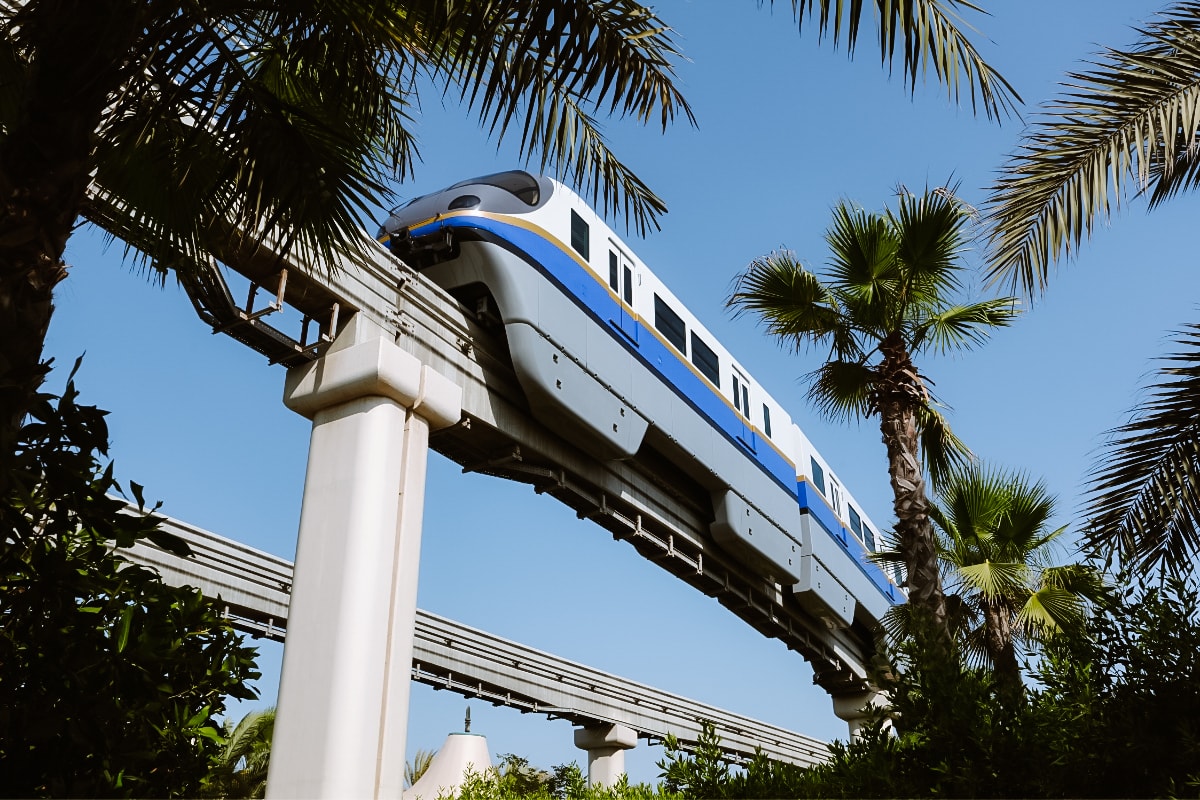
The Monorail is not part of the integrated transport system in Dubai. Tickets can be purchased online or on site. The price varies according to the final stop – maximum AED 20 for a one-way ride, AED 30 for a return ticket. Children up to 110 cm travel free, after that full fare applies.
Palm Jumeirah Monorail Station can be reached by bus no. 8, by tram or the red metro line (Al Khail station and from there a 20-minute walk). You can also rent bikes or take the free shuttle bus to Palm Jumeirah, but on the other hand you’ll miss the view.
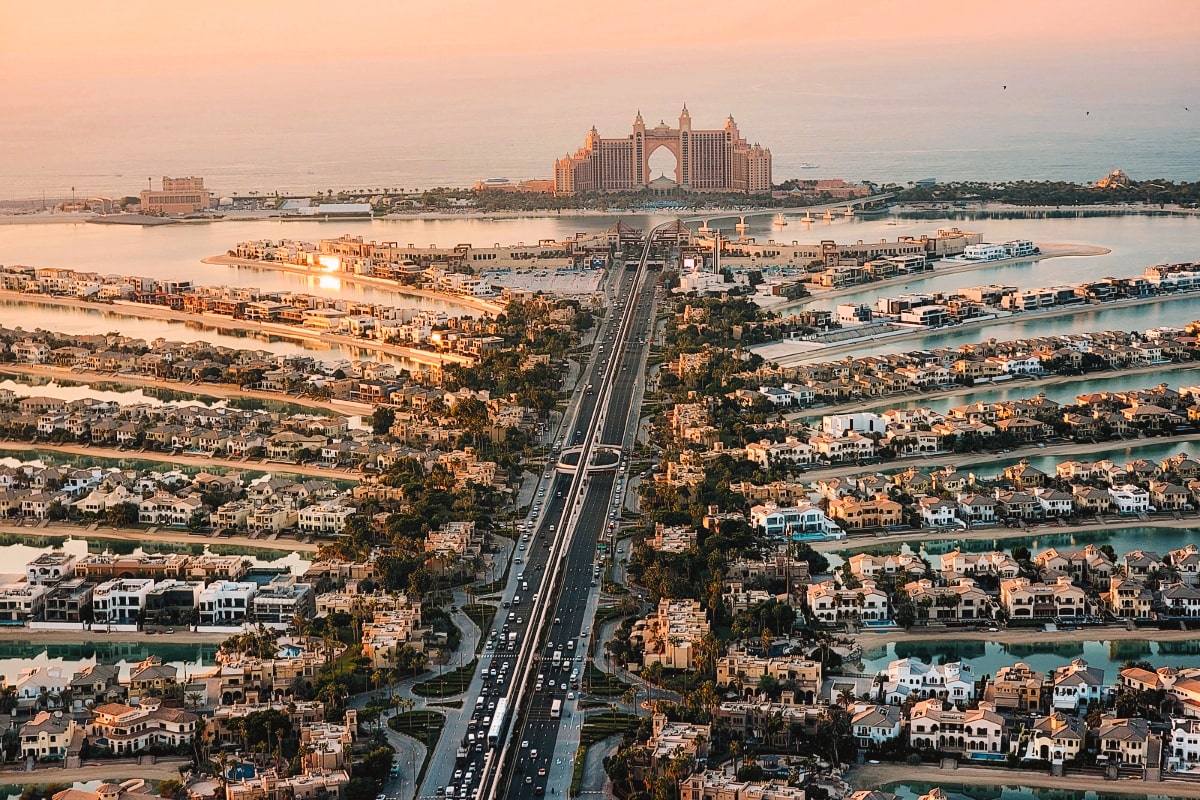
ABRA IN DUBAI
Abras, traditional wooden boats, are available for crossing Dubai Creek, offering both a practical and scenic form of transport between Deira and Bur Dubai. The price is 1 dirham.
Abras are in operation from early morning (depending on the station from about 7:30-8:30) until late evening (until about 22:30). You don’t need a Nol card to ride abra – you pay cash directly to the driver.
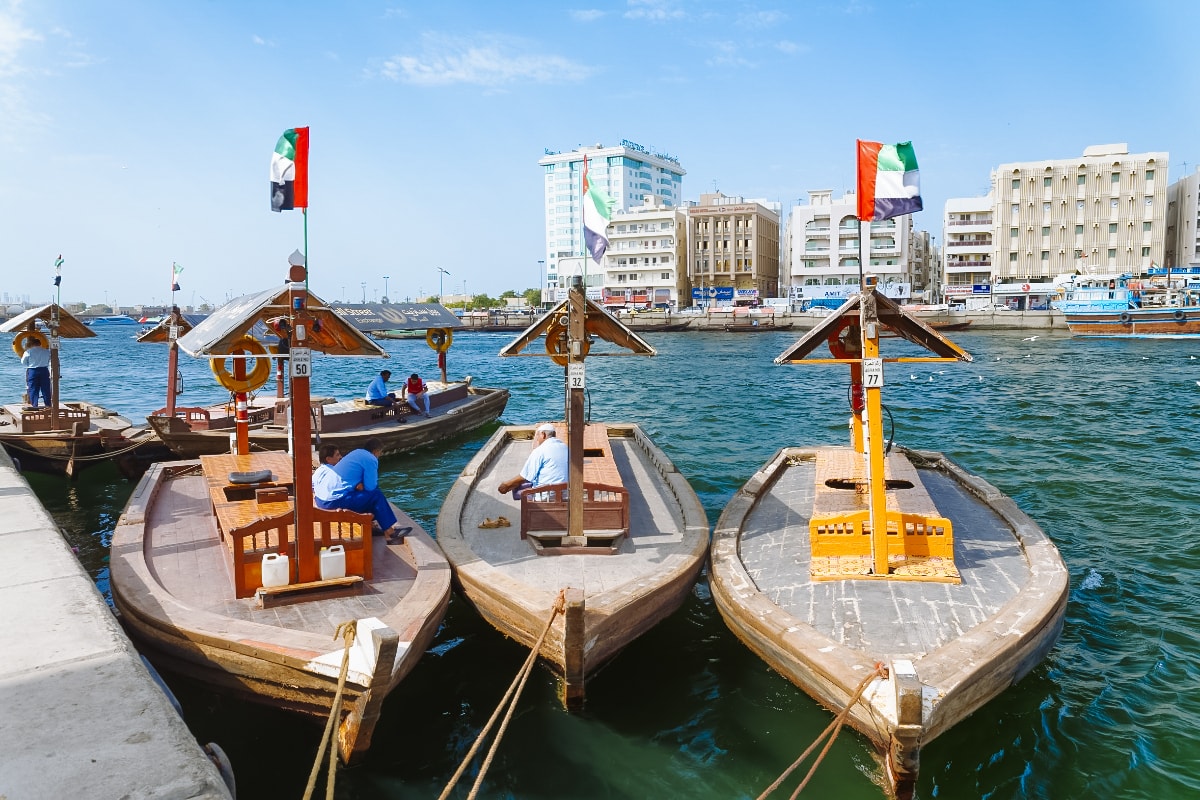
Traditional wooden boats are complemented by water buses that can take you further away from the old city – for example to Dubai Creek Harbor, Dubai Festival City, around Dubai Maria, etc. They are used for short journeys and are usually priced between AED 2-5 depending on the route you choose. In this case, payment is made by Nol card.
Water buses are complemented by water ferries, which operate on several routes. Expect to pay between AED 25 and AED 50 per cruise. This is an ideal option for those who want to take a pleasant panoramic cruise through the Dubai Canal (time approx. 40 minutes to 1.5 hours depending on the route).
Here you will find detailed routes of the abras, water buses and ferries.
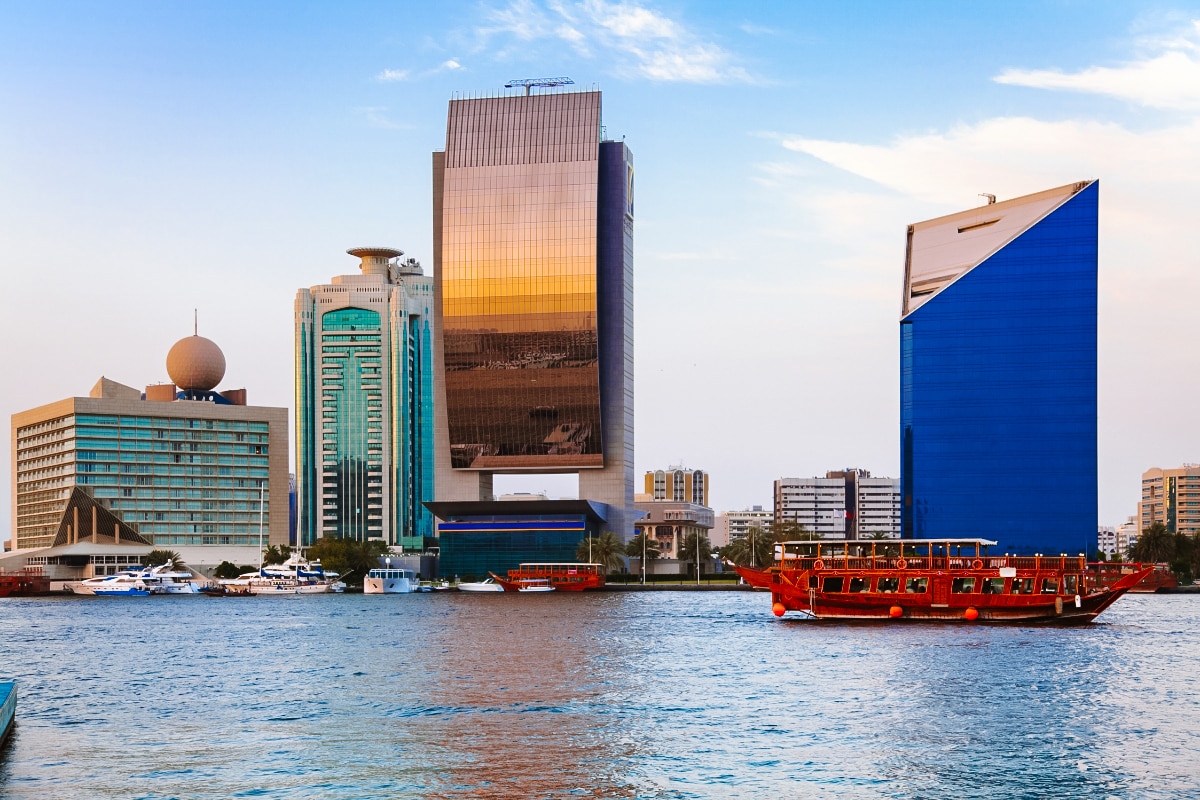
TAXI IN DUBAI
Both traditional taxis and ride-sharing services such as Uber and Careem are available in Dubai. Taxis are readily available throughout the city and can be hailed on the street or booked through the Careem app.
The official taxi has a cream-coloured bar with a different coloured roof – the pink-roofed taxi is exclusively for women and children. Most often you will see a taxi with a red roof, but in practice it doesn’t matter which taxi you take. All are regulated by the government and have fixed rates. Just beware that not all taxis allow card payments.
☞ Get inspired by the best things to do in Dubai.
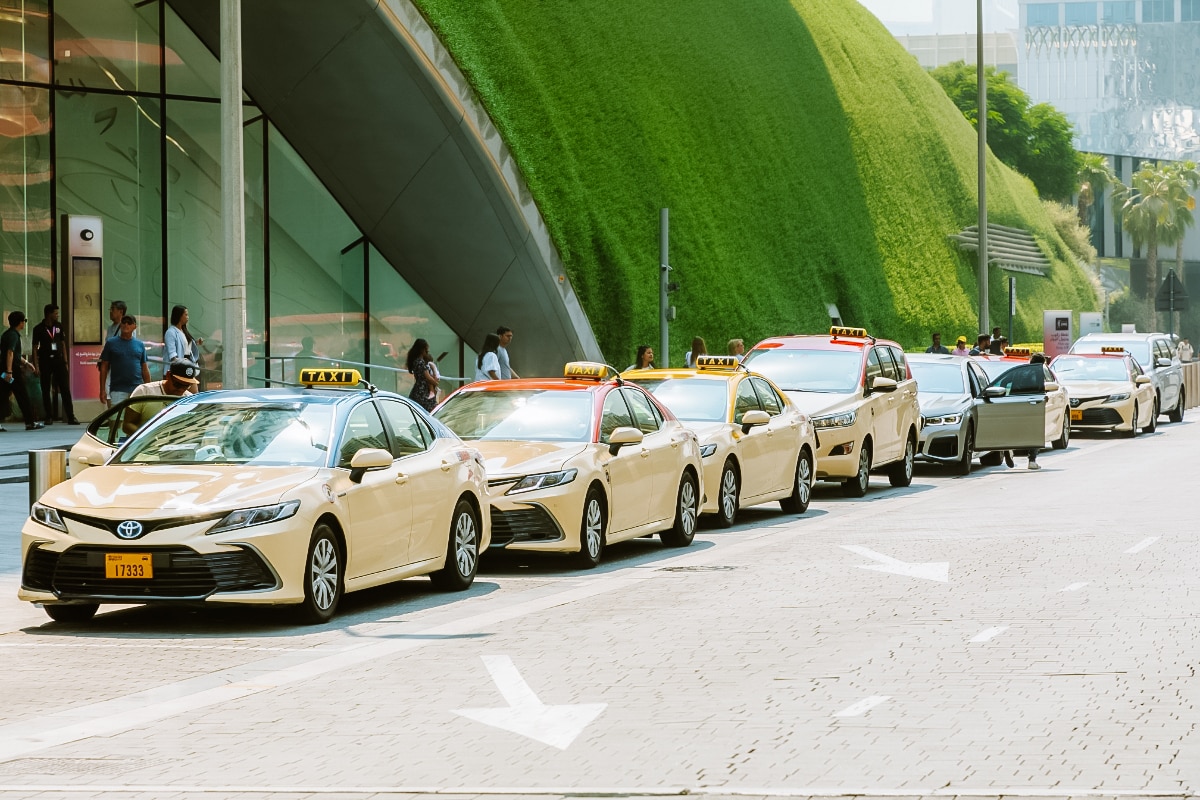
HOW TO PAY FOR TRANSPORT IN DUBAI
NOL CARD
You need a Nol Card to use public transport in Dubai. This works similarly to cards in other cities – for example, the Oyster Card in London.
☞ When boarding and alighting, you attach your card to the reader and the exact amount you have travelled is deducted. You can use the card on the metro, buses, trams and other means of transport (see below).
You can simply buy the card directly at the metro station or at selected bus stations.
Children under 5 years old or under 90 centimetres travel free.
Fares vary in 3 levels depending on how many zones you pass through:
- level – riding in 1 zone
- level – driving in two adjacent zones
- level – driving in 3 or more zones
Within one fare, you can change from metro to metro, from metro to bus, etc. The condition is that the transfer must be made within 30 minutes and the total journey must take a maximum of 180 minutes.
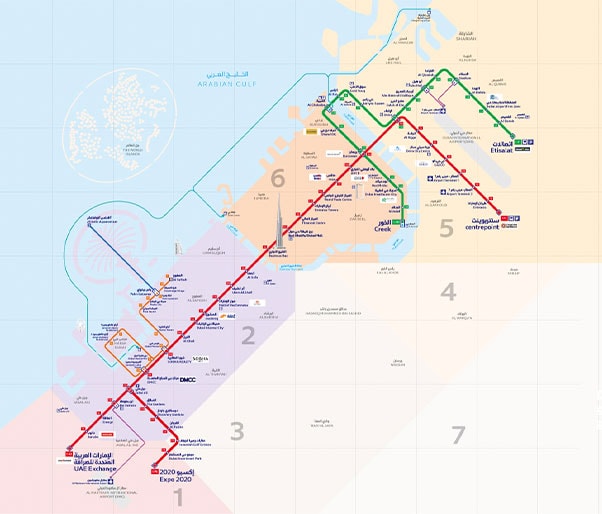
The Nol card is offered in several versions:
Red Nol Card
The Red Nol Card is a paper version of the card priced at AED 2, which gives you the option of 10 individual rides or 5 day passes. Once you have used them up, you must buy a new Nol Card.
A day ticket costs AED 20 and allows you to travel on the metro, bus and tram. Alternatively, you can load the card with single tickets, where rides cost between AED 4 and AED 8.5 depending on how far you travel.
The Red Nol Card cannot be used for water buses, ferries, park admissions, etc., as with other Nol Card types. The red version of the card is exclusively for transport on the metro, trams and buses.
Silver Nol Card
The Silver Nol Card is the most common version of the Nol Card for tourists who travel more frequently. The card is plastic and offers better pricing than the Red Nol Card, against which it pays off over a third ride. The validity period is 5 years.
The Silver Nol Card costs AED 25, but AED 19 is automatically prepaid as a fare. You can then top up your Nol Card at any metro station at a machine or counter if you need to.
Fares with the Silver Nol Card range from AED 3-7.5 depending on how far you travel. It is therefore cheaper than the Red Nol Card.
The silver version of the card can be used for travel on the metro, buses, trams, water buses, ferries, parking or for park entry (e.g. Zabeel Park).
☞ Please note: Your Silver Nol Card balance must never fall below AED 7.5. If the balance is lower, you risk a fine from the auditor. Fortunately, you can top up your Silver Nol Card at any metro station and a number of bus stops.
Gold Nol Card
The Gold Nol Card is a great option for those who want to pay extra for the comfort of first class cars on the metro and tram – these cars offer more comfortable seats and fewer passengers.
The Gold Nol Card works similarly to the Silver Nol Card, except that the first class fares are twice as high as the Silver Nol Card.
Blue Nol Card
The Blue Nol Card is a personalised version for frequent travellers (residents and expats) that you won’t use as a tourist.
Hotels in Dubai 😴
How the Nol card works
If you have experience with the Oyster card in London, the Nol card works on the same principle. For a small fee, you buy a Nol card that you pre-load – you insert the card in the machine, then select the card type and click on Card Top Up to select the amount to load. Pay in cash or by credit card.
You can charge your card at any time at any metro station or at selected bus stations.
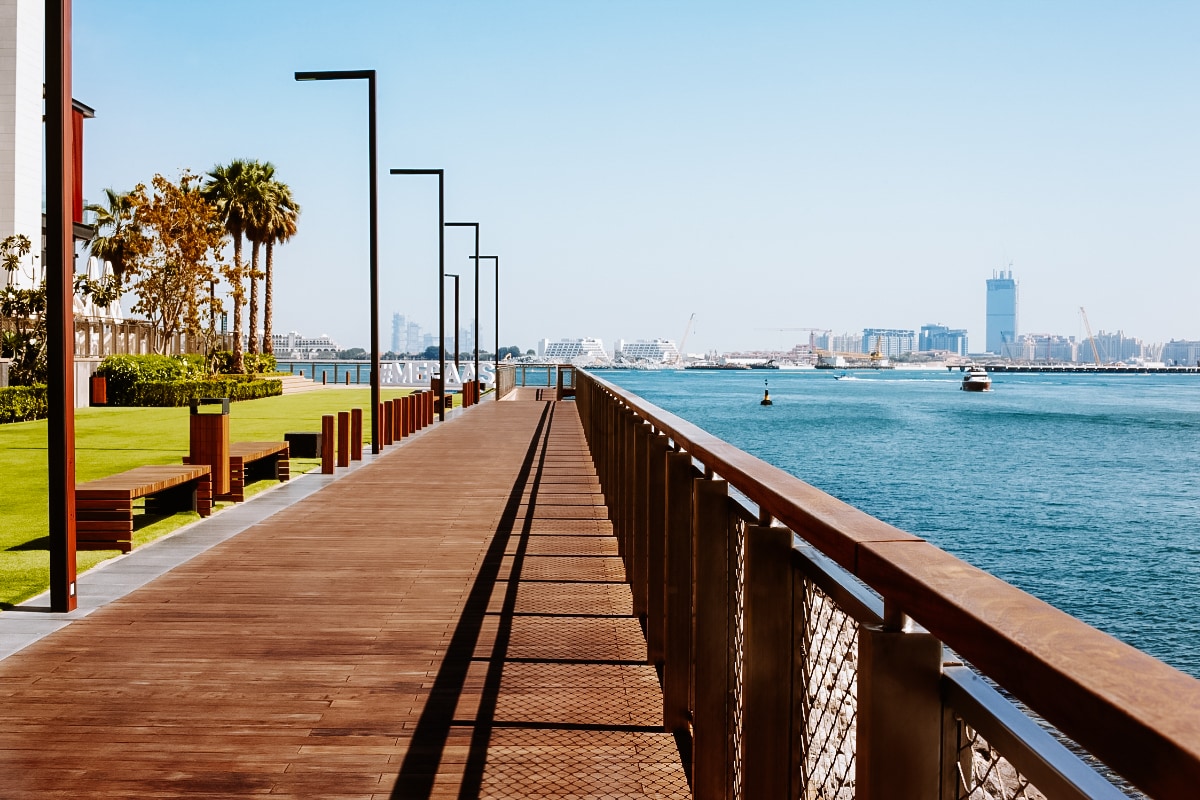
Map of Dubai
HOW TO USE THIS MAP: Above you will find a detailed map of Dubai. Click at the top left of the map to see separate layers with highlighted locations. You can hide and show the different layers or click on the icons on the map to see the names of the places I mention in the Dubai guide. If you want to save the map, star it. For a larger version, click on the icon in the upper right corner.
Plan your trip quickly and easily. If you buy something through our links, we get a small commission. You pay nothing extra. Thank you!
This was our guide and tips for transport and metro in Dubai, UAE. Do you have a question? We’ll be happy to answer it in the comments below. Have a safe journey!
More information about Dubai
DUBAI: Get inspired by the best things to do in Dubai. In the next article we share some interesting facts about Dubai. Looking for accommodation? Here’s a list of the best hotels to stay at in Dubai (for every budget).
We’ve compiled all the practical information and tips in our Dubai travel guide. Here’s a detailed guide on how to get to Dubai by air and then from the airport to the city centre.
We have created a separate guide for visiting Burj Khalifa (entrance fees, opening hours, how to get there, attractions).
HOW TO SAVE IN DUBAI: Dubai Pass is one of the ways to save money on sights and attractions in Dubai.
